Sal is walking on a trail near his home and stumbles on a rock.
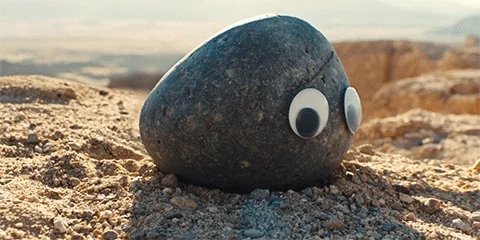
Sal wonders, "Where do rocks come from? Why are they randomly in my path?"

The rocks around you have been forming for millions of years and represent the geography of your area. Learning about how they're formed will help you appreciatethe amazing cycle of rocks!
The Rock Cycle Rocks!
The rock cycle is the process by which rocks are formed and re-formed.
It's an ongoing process that has no beginning and no end.
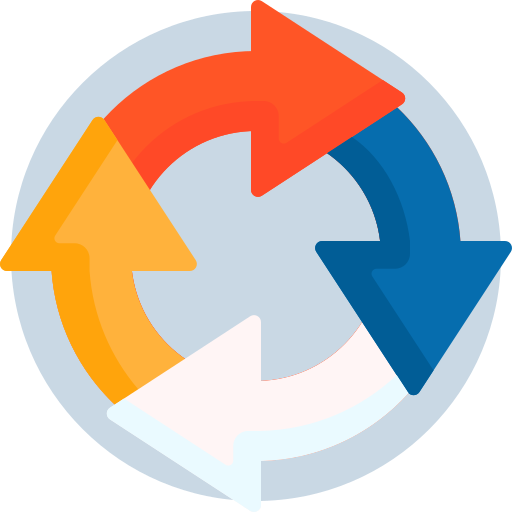
The earth is like a rock recycling machine! During the process, 3 main typesof rocks are created. Rocks change from one type to the other over time in 3 phases.
1. Melting and Cooling

The interior of the Earth is hot and molten. This hot substance is known as magmawhen it's below Earth's surface and lava when it erupts. When rocks are exposed to this intense, fiery heat, they melt.
When magma cools on Earth's surface either due to a volcanic eruption or by oozing through a crack, igneous rocks are formed. 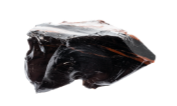
Igneous rocks are often shiny, but some of them are dull and have small holes.
Quiz
True or false? An igenous rock will always remain an igneous rock.
2. Heat and Pressure
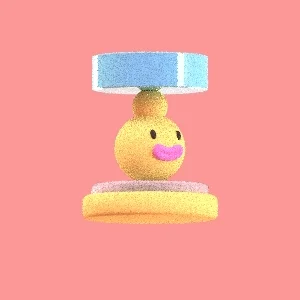
Over time, rocks can get buried deeper into the earth as dirt, leaves, and other natural elements cover them up.
As they go further down, the pressure of other layers above them presses on them. They're also exposed to heat as they get nearer to the Earth's center, causing them to soften.
When heat and pressure bear down on rocks over a very long period of time, they're compressed (flattened) and form metamorphic rocks.

Metamorphic rocks have ribbon-like layers, and you can sometimes see sparkles or crystals in them.
3. Weathering and Compacting
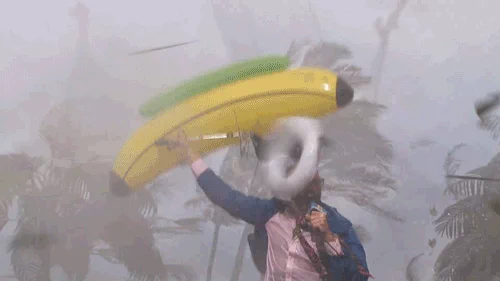
During this phase, weather conditions such as wind and rain erode rocks and break them up into small particles. This phase occurs close to the surface of the earth, unlike the other phases, which take place deep in the earth.
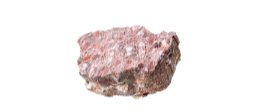
The small particles, along with sand, shells, plants, and other natural materials ("sediment"), are crushed and hardened together over time to form sedimentary rocks. When you look at a sedimentary rock, you can usually see a variety of particles in it.
Sedimentary rocks aren't as strong as other rocks, so they break down more quickly.
Take Action
Be curious about the world around you. Things like rocks, which might seem boring and unimportant at first, are often very intriguing.
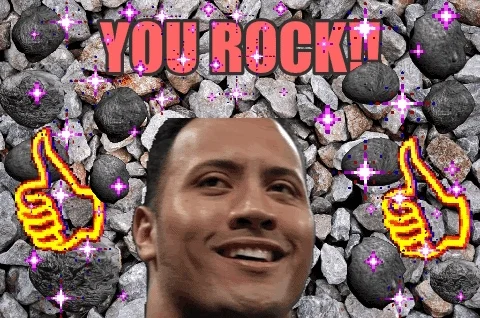
Your feedback matters to us.
This Byte helped me better understand the topic.
